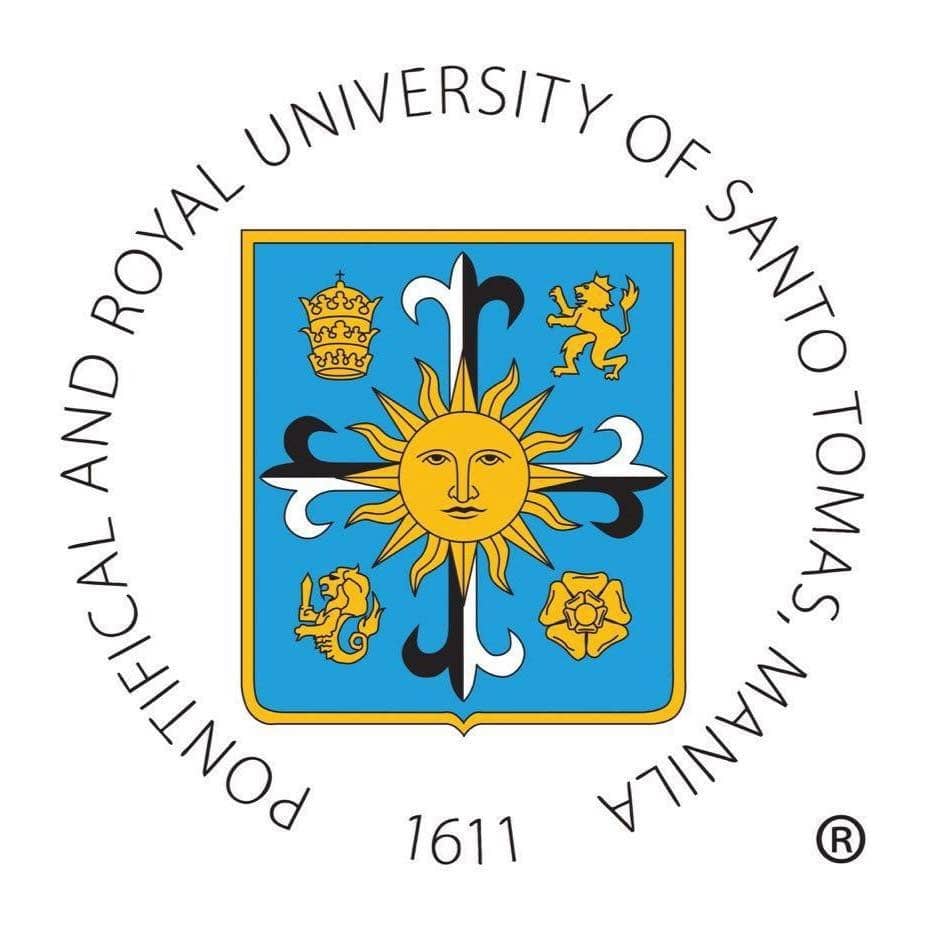The Dominicans founded the Colegio de Santo Tomas — later to become the University of Santo Tomas – for, among other reasons, the purpose of providing the young Church of the Philippines with locally trained priests who would be well-versed in the ecclesiastical sciences. The history of the Central Seminary can therefore be rightly traced back to the establishment ofthe University in 1611.
The new Colegio originally offered only those courses which are required as preparation for the priesthood. Consequently, many of its students applied for Holy Orders. In the 18th and 19th centuries, however, additional faculties were opened (Canon Law and Civil Law in 1734, and Medicine and Pharmacy in 1871) which caused an increase in the enrollment of lay students. At the same time, the number of candidates for the priesthood decreased significantly. This compelled the archbishop of Manila to request in 1894 that special privileges be given to clerics, and, in particular, that they be provided with separate living quarters. Since the other four dioceses of the Philippines were at the time suffragan dioceses of Manila, the archbishop was in fact asking the University to open a national or central seminary.
The termination of the Spanish Royal patronage in 1896, and the slow and painful reorganization of the Philippine Church in the first three decades of the twentieth century, delayed the plans of establishing a national seminary at U.S.T.
In January 1926, the bishops of the Philippines, in their annual general conference, chose the University of Santo Tomas to be seat of the Interdiocesan Seminary of the Philippines. In 1927, the Holy See confirmed the resolution of the bishops. The Apostolic Delegate to the Philippines, Msgr. Guillermo Piani, was instructed to draft the norms that would govern the seminary. On November 27, 1928, the Sacred Congregation on Universities and Seminaries, by the mandate of Pope Pius XI, issued the decree Quod iam provide for the establishment of the Interdiocesan Seminary of the Philippines.
By the end of 1933, the Seminary was transferred from Intramuros to the new campus of the University at Sampaloc. In the same year, the seminary was withdrawn from the immediate jurisdiction of the Rector Magnificus and placed under the direction of its own Rector. The new Seminary building soon proved to be too small to accommodate the increasing number of seminarians. A spacious annex was built in 1956 which raised the capacity of the Seminary to 145 rooms.
The Central Seminary is situated not in a far-flung rural place, isolated from the bustle and hassle of city life, but at the heart of the twenty-one hectare university. Fr. Rolando V. dela Rosa, O.P. observed that “the location was quite revolutionary considering that during that time, many priests and religious harbored the suspicion that authentic religiosity could not survive so much learning or exposure to mundane realities. Yet, the Interdiocesan Seminary was very much at the center of civilization and urban sprawl.”
In 2002 to 2003, the seminary community celebrated the Diamond Jubilee as the Interdiocesan Seminary of the Philippines. The year-long celebration primarily aimed at inspiring individual and communal renewal, an awakening of our passion for the formation process and responding to the needs of the Church in the Philippines with the theme: RENEWAL: God’s Gift, Our Mission.
In the words of Archbishop Orlando B. Quevedo, OMI, former President of the Catholic Bishops Conference of the Philippines, “We are truly grateful for the outstanding contributions of the UST Seminary to the life and growth of the Church in the Philippines. God has lavished the riches of his grace on this seminary with thousands of graduates through the years who served in parishes, taught in seminaries, gave retreats and most of all taught others about God.”





